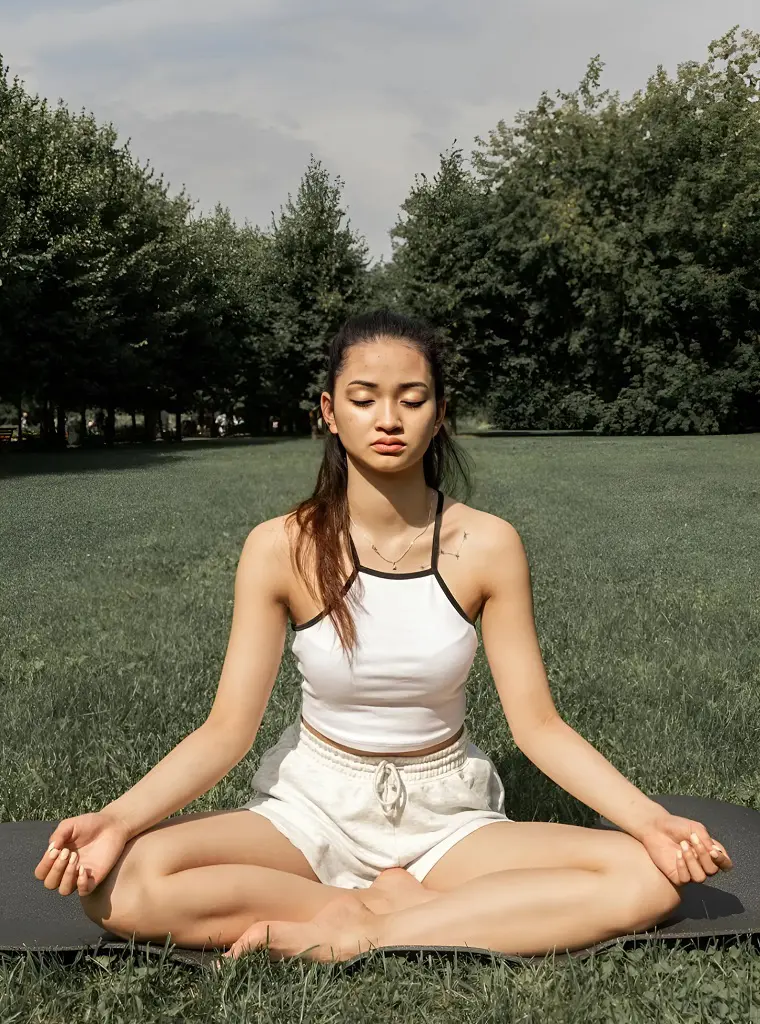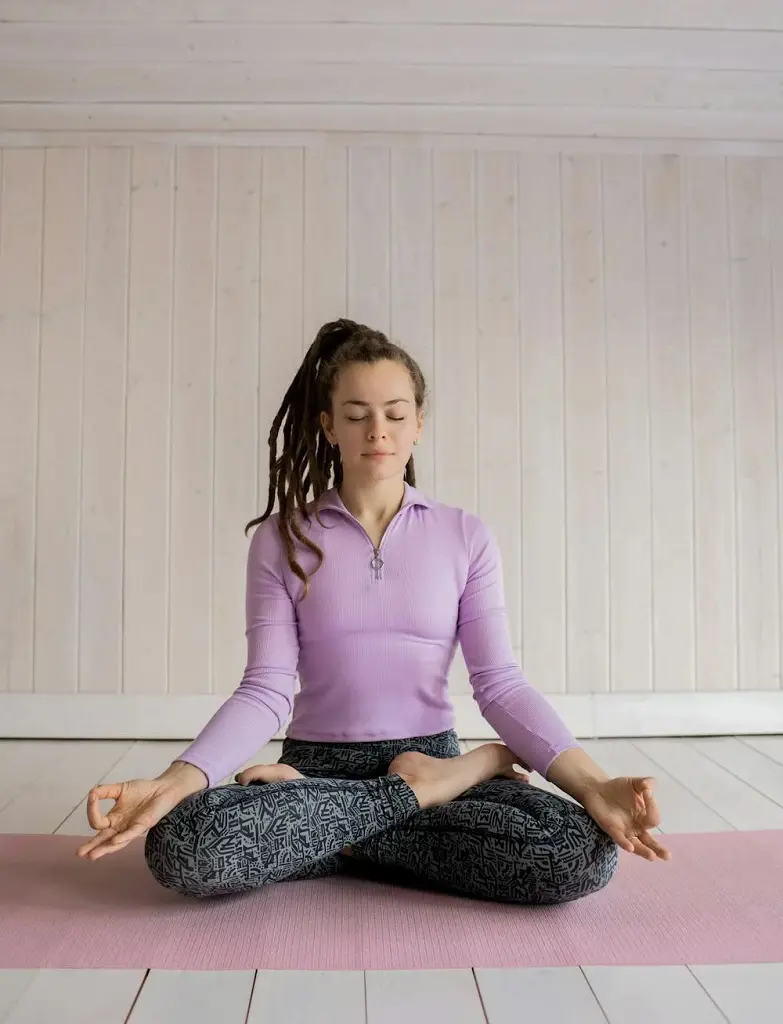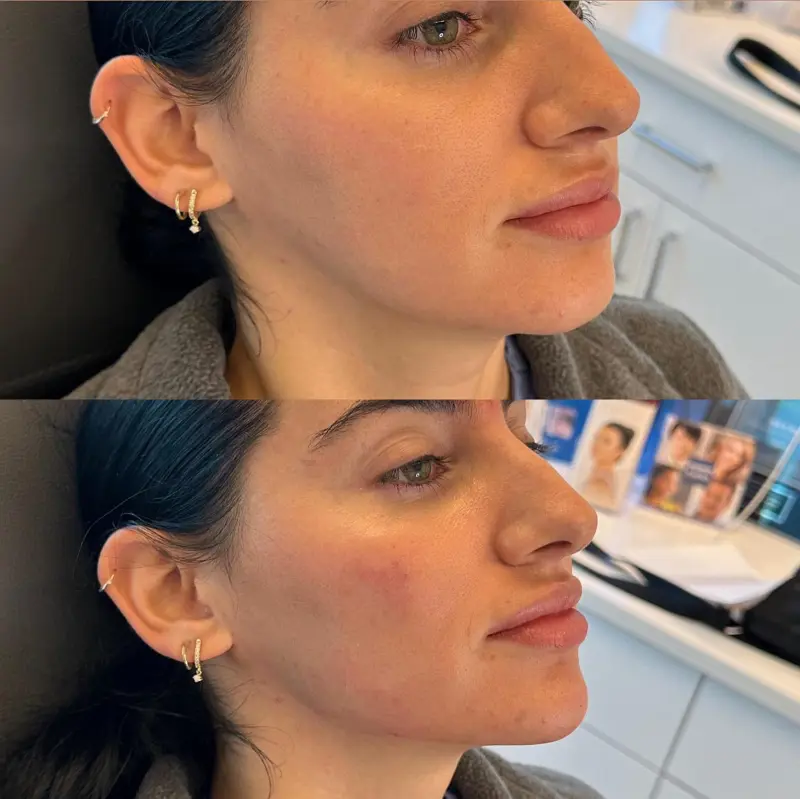10 Breathing Exercises To Relieve Stress

Stress has become a major issue for many people in today's hustle and bustle of modern life. However, finding ways to manage and reduce stress is essential for our well-being.
One effective method to combat stress is through the practice of breathing exercises. These simple yet powerful techniques can help calm the mind, relax the body, and bring a sense of peace.
1. Abdomen Breathing
Abdomen breathing is also known as diaphragmatic breathing. Here, you will focus on expanding your abdomen rather than your chest when you breathe.
You should breathe slowly through the nose and then out through the mouth using the diaphragm and abdominal muscles. Further, this helps boost the amount of oxygen in the blood and lowers blood pressure and heart rate.
How To Do It
- Focus on breathing deeply and slowly.
- Inhale through the nose, allowing your abdomen to expand.
- Exhale through your mouth, letting your abdomen contract.
- Repeat this process, focusing on the movement of your abdomen rather than your chest.
2. Alternative Nostril Breathing

Alternative Nostril Breathing is also known as Nadi Shodhana Pranayama in yoga. It translates as "a subtle energy-clearing breathing technique."
This is a breathing technique where you breathe through one nostril at a time. It aims to balance the flow of energy in the body, calm the mind, and reduce stress.
How To Do It
- Firstly, sit comfortably with your spine straight.
- Next place your left hand on your left knee with your palm facing upward.
- Then using your right hand, place your index and middle fingers between your eyebrows, slowly pressing your third eye point.
- Close your right nostril with your right thumb and inhale through your left nostril.
- After that, close your left nostril with your right ring finger.
- Release the right nostril to exhale and then inhale through the same right nostril.
- Close the right nostril and release the left, exhaling through the left nostril.
- This completes one round. Repeat this process for several rounds.
3. Resonant Breathing
Resonant breathing is also recognized as coherent breathing where you breathe at a rate of around 4.5 to 7 breaths per minute, depending on the person.
This breathing pattern aligns with the body's natural rhythms and can help induce a state of calmness and relaxation. Moreover, it helps to lower stress and blood pressure, as well as improves mood.
How To Do It
- Focus on the natural process of breathing to enhance well-being.
- Then, slow down your breathing to approximately five to six breaths per minute.
- Make sure that your inhalation and exhalation are of equal length.
4. Equal Breathing

In Sanskrit, equal breathing is known as Sama Vritti. This breathing technique focuses on the duration of your inhalation and exhalation. Both should match with each other.
This practice can help enhance balance, focus, and calmness, making your breath smooth and steady. It also decreases stress and anxiety.
How To Do It
- For this, you should focus on the natural process of breathing to improve your well-being.
- Next is to slow down your breathing to around five to six breaths per minute.
- However, make sure that your inhalation and exhalation are of the same length.
5. Humming Breathing
Humming Breathing is also known as Bhramari pranayama or Bumblebee breath. It is a slow-paced breathing technique conducted by a humming bee sound when exhaling.
This technique can help calm the mind, relax the body, and improve focus. Actually, it can have a positive impact on your respiratory system and nervous system.
How To Do It?
- Start by sitting up straight with relaxed shoulders in a quiet, well-ventilated place, and eyes closed.
- Then, slowly touch your ear cartilage with your index finger.
- After that, take a deep breath. As you exhale, make a humming sound.
- Continue pressing the cartilage gently or pressing and releasing it with your finger as you hum.
6. Sitali Breathing

Sitali breathing often known as "the cooling breath," is a breath practice where you inhale through your rolled tongue or open mouth. It allows the air to pass over your tongue and into your body.
This type of breathing can help reduce body heat and create a sense of calmness. In Ayurveda, Sitali breath is encouraged during the summer months and the hottest parts of the day.
How To Do It?
- Find a comfortable position by keeping your spine straight and shoulders relaxed.
- Then close your eyes to focus more.
- After this open your mouth slightly and form an O shape with your lips.
- Stick your tongue out slightly and curl the sides of the tongue upward to form a tube.
- Inhale deeply and slowly through the curled tongue as if you are drinking air through a straw.
- After a full inhalation, close your mouth and exhale slowly through your nose.
- Continue the cycle of inhaling through the curled tongue and exhaling through the nose.
7. Pursed Lip Breathing
It is a breathing technique where you inhale slowly through your nose and exhale through pursed lips as if you are blowing out a candle.
This technique is easier to perform and can help improve breathing efficiency, reduce shortness of breath, and improve gas exchange. Along with this, you can also experience an increase in relaxation.
How To Do It?
- Firstly, breathe in slowly through your nose for 2 counts. Feel your belly expanding as you breathe in.
- Next, purse your lips as if you were going to whistle or blow out a candle.
- After that, exhale slowly through your lips for 4 or more counts.
- Remember to exhale normally without forcing the air out.
8. 4-7-8 Breathing

4-7-8 breathing is a relaxation technique where you inhale for 4 seconds, hold your breath for 7 seconds, and then exhale for 8 seconds.
It is a simple yet useful breathing technique that can be practiced anywhere. It helps calm your nervous system and promote relaxation.
How To Do It?
- Start by breathing out completely.
- Then, breathe in through your nose for 4 seconds.
- Hold for 7 seconds.
- Then, exhale through your mouth for 8 seconds with a whoosh sound, and hold for 4 seconds at the bottom of your exhale.
- Repeat this process for a few minutes to help you relax.
9. Box Breathing
Another name for box breathing is Square breathing. It is a breathing technique that involves a pattern of breathing in, holding the breath, breathing out, and holding the breath again, each for a specific count.
This method can help you slow down your breathing, calm your nervous system, and also decrease stress in your body.
How To Do It?
- Begin by sitting comfortably with your back straight.
- Next, inhale deeply through your nose for a count of four.
- Then, hold your breath for a count of four.
- After that, exhale slowly and completely through your mouth for a count of four.
- Lastly, hold your breath again for a count of four and repeat this process.
10. Slow Breathing

When we talk about slow breathing, it means taking your time to breathe in and out at any rate from 4 to 6 breaths per minute.
It involves inhaling and exhaling at a relaxed and unhurried pace, allowing your breath to be calm and steady. Slow breathing can help promote relaxation and reduce stress. It also increases baroreflex sensitivity, reduces chemoreflex activation, and controls blood pressure as well as heart rate variations.
How To Do It?
- You can start by exhaling all your air.
- Then, slowly breathe in through your nose for 4 seconds.
- Hold at the top of your inhale for 2 seconds, and exhale for 6 seconds.
- Next, exhale through your mouth.
- Repeat this process for a few minutes for better results.
Recent posts
Exercises
Exercises
12 Amazing Full Body Dumbbell Workout And Exercises
If you're new to fitness, putting together a full-body workout can feel overwhelming. A solid training program targets strength, endurance, flexibility, and balance while working all the major muscle groups. Luckily, dumbbells are versatile tools tha...
Exercises
11 Effective Jawline Exercises To Try For A Chiseled Face
Jawline exercises can lead to changes in the shape of the face, resulting in fuller cheeks and a more youthful appearance. Exercising the neck, chin, jaw, and other facial muscles leads to sharper cheekbones and a prominent jawline. Improving your ja...
Exercises
15 Best Exercises For Waist To Get A Slimmer Midsection
Smaller waist is a common goal for many women, but it requires a mix of exercise, persistence, and a healthy lifestyle. Waist-slimming workouts will tone and shape your midsection while also improving your overall posture and stability. From easy twi...
Exercises
16 Body Weight Leg Exercises To Strengthen Your Lower Body
Bodyweight training is very accessible, popular, and requires little or no equipment at all. With bodyweight exercises, you can target your lower body muscles in different ways to help build stronger legs. Before jumping into weighted movements, thes...
Exercises
12 Achilles Tendon Stretches To Tone Heel And Calf Muscles
The Achilles tendon runs down the back of the lower leg, connecting the heel bone to the calf muscle. It helps lift the heel off the ground while walking. If you suffer from Achilles tendonitis, gently working out the inflamed tendons can aid in quic...
Exercises
15 Landmine Exercises To Increase Your Functional Strength
A landmine is a barbell anchored to the floor with a weight on the other end. The angle of the bar allows you to apply force vertically and horizontally. Landmine exercises are beneficial for those seeking joint-friendly alternatives to traditional l...







